Blog
Unlock Engineering Insights: Explore Our Technical Articles Now!
eBooks, Whitepapers, & Case Studies
Discover a Wealth of Knowledge – Browse Our eBooks, Whitepapers, and More!
Webinars & Videos
Stay Informed and Inspired – View Our Webinars and Videos Today!
Podcast: Driven by Code
Exploring the future of software-defined vehicles through expert insights.
Process & Automation
Verification & Validation
Model-Based Systems Engineering
Requirements validation through simulation
and the autogeneration of embedded systems
Get Started Today!

Model-Based Design as the Means to a Safer Embedded System! Contact Us Now!
Model-Based Design as the Means to a Safer Embedded System
Improve Performance, Increase Reliability, Reduce Cost with Model-Based Design
As the demand for connected and autonomous systems increases, so does the need for safer and faster code generation for complex control systems. Engineers must monitor the entire embedded control system and application design process from start to finish. Model-based design (MBD) helps address various difficulties and complexities, which arise during the lifecycle of embedded application software through visual prototyping and simulation of models.
Benefits of model-based design:
- Link designs directly to requirements
- Integrate testing with design
- Refine algorithms through multi-domain simulation
- Automatically generate embedded software code and documentation
- Develop and reuse test suites
In modern vehicle development, MBD must be viewed as a requirement, not an option.
Today’s transportation industry requires embedded systems that are customizable, scalable, and easily maintainable. The model-based design approach allows for robust validation and verification across multiple environments and faster code generation to keep up with the increasing demands of the autonomous vehicle. Embedded developers need to design faster and test earlier to create products with greater performance and faster time to market.
LHP’s Approach to Model-Based Design:
- Upgrade current embedded systems to be compliant with functional safety and model-based design tools.
- Generate embedded code that is functional safety compliant and ties in a real-time operating system (RTOS) for a full embedded system solution.
- Re-architect your current code for reusability, customization, and scalability.
- Integrate MBD in an AUTOSAR environment.
MBD Offerings
-
Tools/Infrastructure Evaluation & Selection
Inputs: Current software development toolchain, codebase, product line roadmap, and budget
Outputs: Optimized integrated toolchain for software development that aligns with overall goals and workflow
-
Gap Analysis on Current Software/MBD Development Process
Input: Current code base, product roadmaps, tools chains and processes, quality configuration and data control systems
Output: Recommended action plan for transformation of software development to the latest in MBD technology and state-of-the-art standards
-
Platform vs Product Configuration Control
Input: Current configuration control, MBD and software development process, codebase, and software architecture
Output: Software architecture and tools that enable large scale development and control of embedded systems
-
Application Software MBD Implementation
Input: System and customer requirements, tools, and processes
Output: MBD auto code executable delivered and tested to the highest standards
-
Test & Simulations
Input: Systems and software design specifications
Output: Automated model-based verification and validation including controls and plant models
-
MBD Style Guides & Gold Standard Components
Input: Current models and/or code, and product roadmaps
Output: Style guide for software development using MBD that addresses standards





